- Clone
- PHF-6 (See other available formats)
- Regulatory Status
- RUO
- Other Names
- Microtubule-associated protein tau, PHF-tau, paired helical filament-tau, neurofibrillary tangle protein, microtubule-associated protein tau, isoform 4, G protein beta1/gamma2 subunit-interacting factor 1
- Previously
-
Covance Catalog# MMS-545P
- Isotype
- Mouse IgG1, κ
- Ave. Rating
- Submit a Review
- Product Citations
- publications
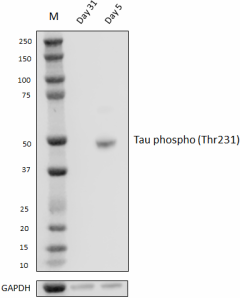
-

Rat brain whole tissue lysates (15 µg total protein) from 31 days (negative control) and 5 days post-partum animals (positive control) were resolved on a 4-12% Bis-Tris gel, transferred to a PVDF membrane, and probed with 1.0 µg/mL of purified anti-Tau phospho (Thr231) (clone PHF-6) for 2 hours at room temperature. Proteins were visualized by chemiluminescence detection using HRP Goat anti-mouse IgG (Cat. No. 405306) at a 1:3000 dilution. Direct-Blot™ HRP anti-GAPDH (Cat. No. 649204) was used as a loading control at a 1:50000 dilution. Western-Ready™ ECL Substrate Premium Kit (Cat. No. 426319) was used as a detection agent. Lane M: Molecular weight marker -

IHC staining of purified anti-Tau Phospho (Thr231) (clone PHF-6) on formalin-fixed paraffin-embedded human Alzheimer's brain tissue. Following antigen retrieval using 88% formic acid, the tissue was blocked and incubated without (Panels A and C) and with (Panels B and D) Lambda Phosphatase Protein overnight at 4°C. The tissue was then incubated without (panels A and B) or with (panel C and D) 5 µg/mL of purified anti-Tau Phospho (Thr231) (clone PHF-6) overnight at 4°C. BioLegend’s Ultra Streptavidin HRP Kit (Multi-Species, DAB) (Cat. No. 929501) was used for detection followed by hematoxylin counterstaining, according to the protocol provided. Images were captured with a 40X objective. Scale bar: 50 µm -

Biotinylated Tau phospho (Thr231) (red line) or non-phospho (blue line) peptides were incubated at 2 µg/mL onto 96-well plates coated with NeutrAvidin in 0.1% BSA-PBST overnight at 4°C. Direct ELISA was performed by further incubating the plate with serial dilutions of purified anti-Tau phospho (Thr231) (clone PHF-6) in 0.1% BSA-PBST for 1 hour at room temperature. Bound antibody was detected with HRP Goat anti-mouse IgG (Cat. No. 405306). TMB substrate set (Cat. No. 421101) was used as a detection system. Absorbance was measured at 450 nm.
| Cat # | Size | Price | Quantity Check Availability | Save | ||
|---|---|---|---|---|---|---|
| 828903 | 25 µL | £77 | ||||
| 828901 | 100 µL | £245 | ||||
Paired helical filaments (PHFs) are the major building blocks of neurofibrillary lesions in Alzheimer's disease brains and are composed of hyperphosphorylated tau protein. Predominantly expressed in axons, alternatively spliced forms of tau comprise a family of microtubule-associated proteins that normally promote and stabilize the assembly of microtubules. PHF-tau differs from normal tau by its abnormal hyperphosphorylation, which results in decreased binding of tau to microtubules. The decreased affinity of PHF-tau for microtubules, coupled with reduced levels of normal tau, destabilizes microtubules leading to an impairment of axonal transport, neuronal death and the aggregation of PHFs. Therefore, hyperphosphorylation of tau is believed to be a key event in the pathogenesis of Alzheimer's disease.
Product DetailsProduct Details
- Verified Reactivity
- Human
- Antibody Type
- Monoclonal
- Host Species
- Mouse
- Immunogen
- The PHF-6 antibody was raised using PHF-tau preparations from human brain.
- Formulation
- Phosphate-buffered solution; no preservatives or carrier proteins.
- Preparation
- The antibody was purified by affinity chromatography.
- Concentration
- 1.0 mg/mL
- Storage & Handling
- This antibody should be handled aseptically as it is free of preservatives such as Sodium Azide. Store this antibody undiluted between 2°C and 8°C. Please note the storage condition for this antibody has been changed from -20°C to between 2°C and 8°C. You can also check the vial label or CoA to find the proper storage conditions.
- Application
-
WB - Quality tested
IHC-P - Verified - Recommended Usage
-
Each lot of this antibody is quality control tested by western blotting. For western blotting, the suggested use of this reagent is 0.5 - 1.0 µg/mL. For immunohistochemistry on formalin-fixed paraffin-embedded tissue sections, a concentration range of 2.5 - 5.0 µg/mL is suggested. It is recommended that the reagent be titrated for optimal performance for each application.
- Application Notes
-
This antibody is effective in immunoblotting (WB).
The PHF-6 antibody reacts with human tau phosphorylated at Thr 231.
Direct ELISA was done using phospho and non-phospho specific peptides, mainly to confirm specificity. Application has not been verified on tissue/cell lysates. -
Application References
(PubMed link indicates BioLegend citation) -
- Lasagna-Reeves CA, et al. 2012. FASEB J. 26:1946-1959.
- Mitchell TW, et al. 2000. J Histochem Cytochem. 48:1627-1637.
- Hong M, et al. 1997. J Biol Chem. 272:25326-25332.
- Bramblett GT, et al. 1993. Neuron. 10:1089-1099.
- Product Citations
-
- RRID
-
AB_2564924 (BioLegend Cat. No. 828903)
AB_2564924 (BioLegend Cat. No. 828901)
Antigen Details
- Biology Area
- Cell Biology, Neurodegeneration, Neuroscience, Protein Misfolding and Aggregation
- Molecular Family
- Phospho-Proteins, Tau
- Gene ID
- 4137 View all products for this Gene ID
- Specificity (DOES NOT SHOW ON TDS):
- Tau Phospho Thr231
- Specificity Alt (DOES NOT SHOW ON TDS):
- Tau Phospho (Thr231)
- App Abbreviation (DOES NOT SHOW ON TDS):
- WB,IHC-P
- UniProt
- View information about Tau Phospho Thr231 on UniProt.org
Related Pages & Pathways
Pages
Other Formats
View All Tau Phospho (Thr231) Reagents Request Custom Conjugation| Description | Clone | Applications |
|---|---|---|
| Purified anti-Tau Phospho (Thr231) | PHF-6 | WB,IHC-P |
Customers Also Purchased
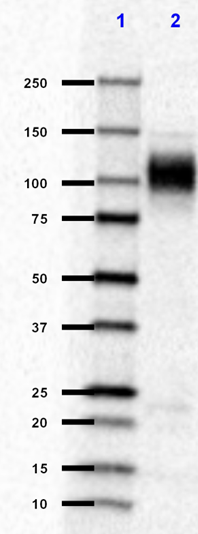
Compare Data Across All Formats
This data display is provided for general comparisons between formats.
Your actual data may vary due to variations in samples, target cells, instruments and their settings, staining conditions, and other factors.
If you need assistance with selecting the best format contact our expert technical support team.
 Login / Register
Login / Register 









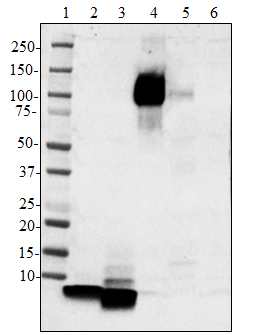
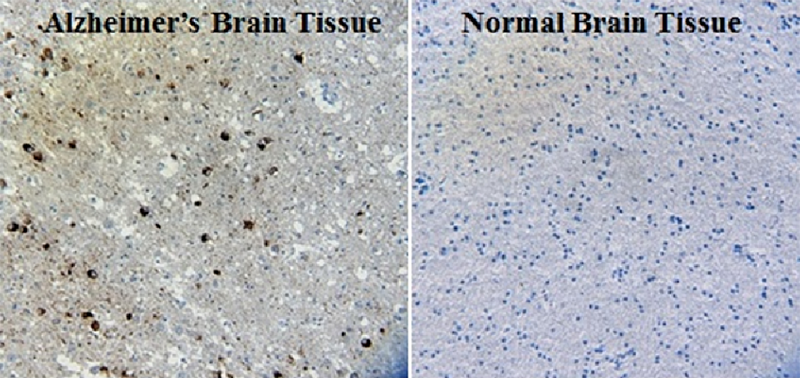
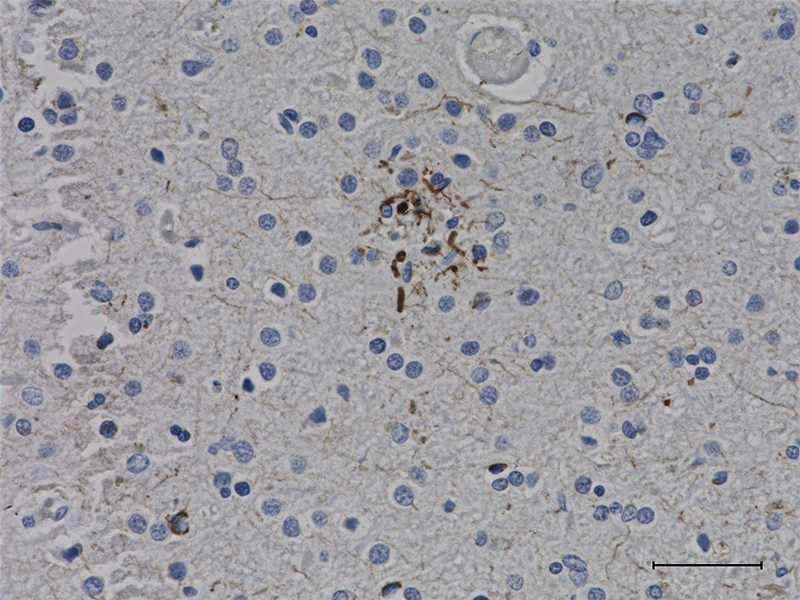
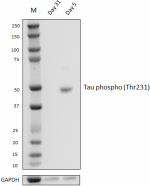
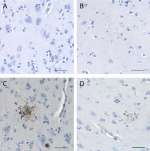




Follow Us